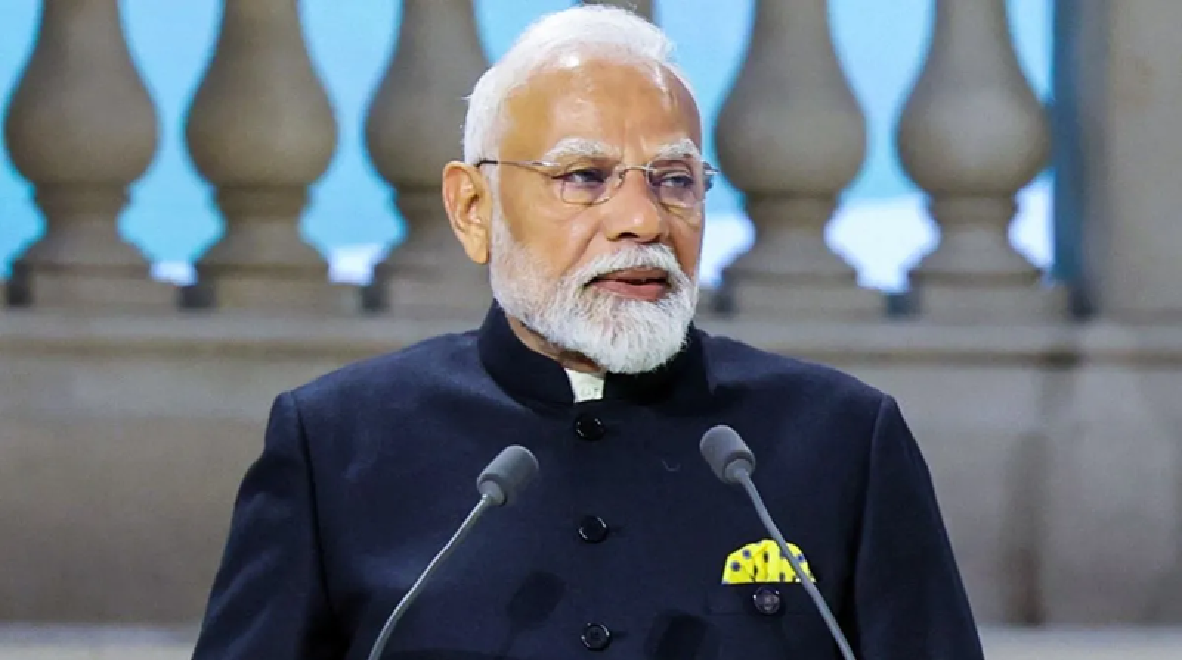
2,500 year old Persian tech bridges connect Maha Kumbh
Mahakumbh, PTI: Nagar (UP) Inspired by a 2,500-year-old Persian technique, pontoon bridges are serving as a vital link between the Sangam and the 4,000-hectare 'akhada' areas, connecting 25 vibrant sectors at the Maha Kumbh. More than 1,000 people worked at least 10 hours a day for over a year to construct pontoons for 30 bridges, claimed to be the largest such project till date. Over 2,200 black floating iron capsules, weighing five tonnes each, have been used to construct the bridges for facilitating the movement of vehicles, pilgrims, sadhus and workers at the world's largest cultural-cum-spiritual event.
Each bridge, being called a floating marvel, can withstand up to five tonnes. The bridges are serving as vital links between the Sangam and the akhada areas, said Mahakumbh Nagar Additional District Magistrate Vivek Chaturvedi. "The bridges are an integral part of the Maha Kumbh, offering a low-maintenance solution for the vast crowds. However, their operation requires constant monitoring, ensuring the safety and the smooth movement of devotees round-the-clock. We have CCTV cameras on each bridge and the footage is constantly monitored through the Integrated Command and Control Centre," he told PTI. "Each bridge underwent several tests before being deemed fit for use. They are designed in such a way that they can handle the passage of a large number of people simultaneously," he added. Pontoon bridges were first used in 480 BC by the Persian king Xerxes I during his invasion of Greece.
These bridges were also used by the Zhou dynasty in China during the 11th century BC. Professor Yogeshwar Tiwari, the former head of the medieval and modern history department at Allahabad University, said, "The first reference to pontoon bridges comes almost 2,500 years ago with the Persians aking the lead."
 English daily published in Bengaluru & Doha
English daily published in Bengaluru & Doha






